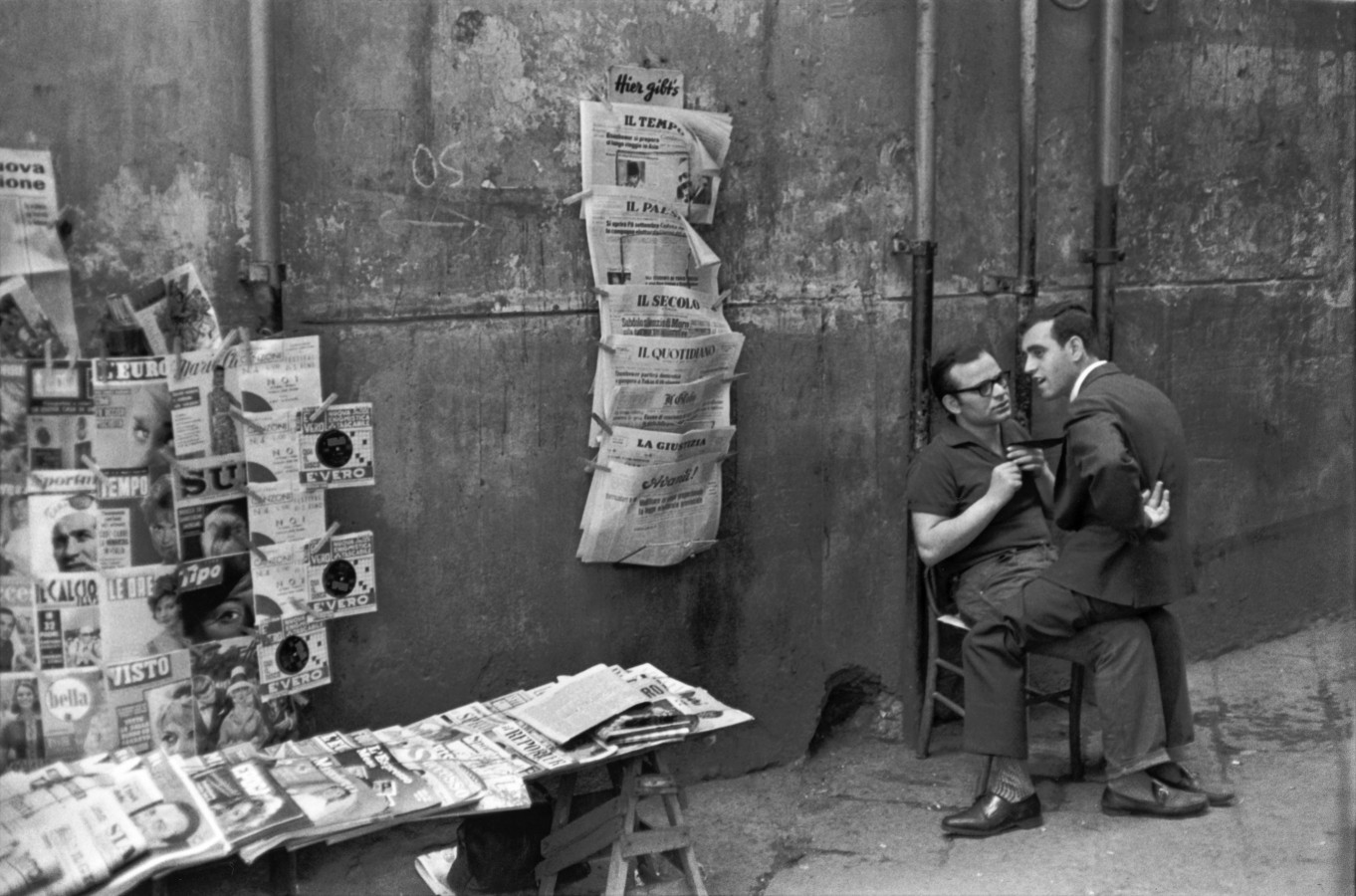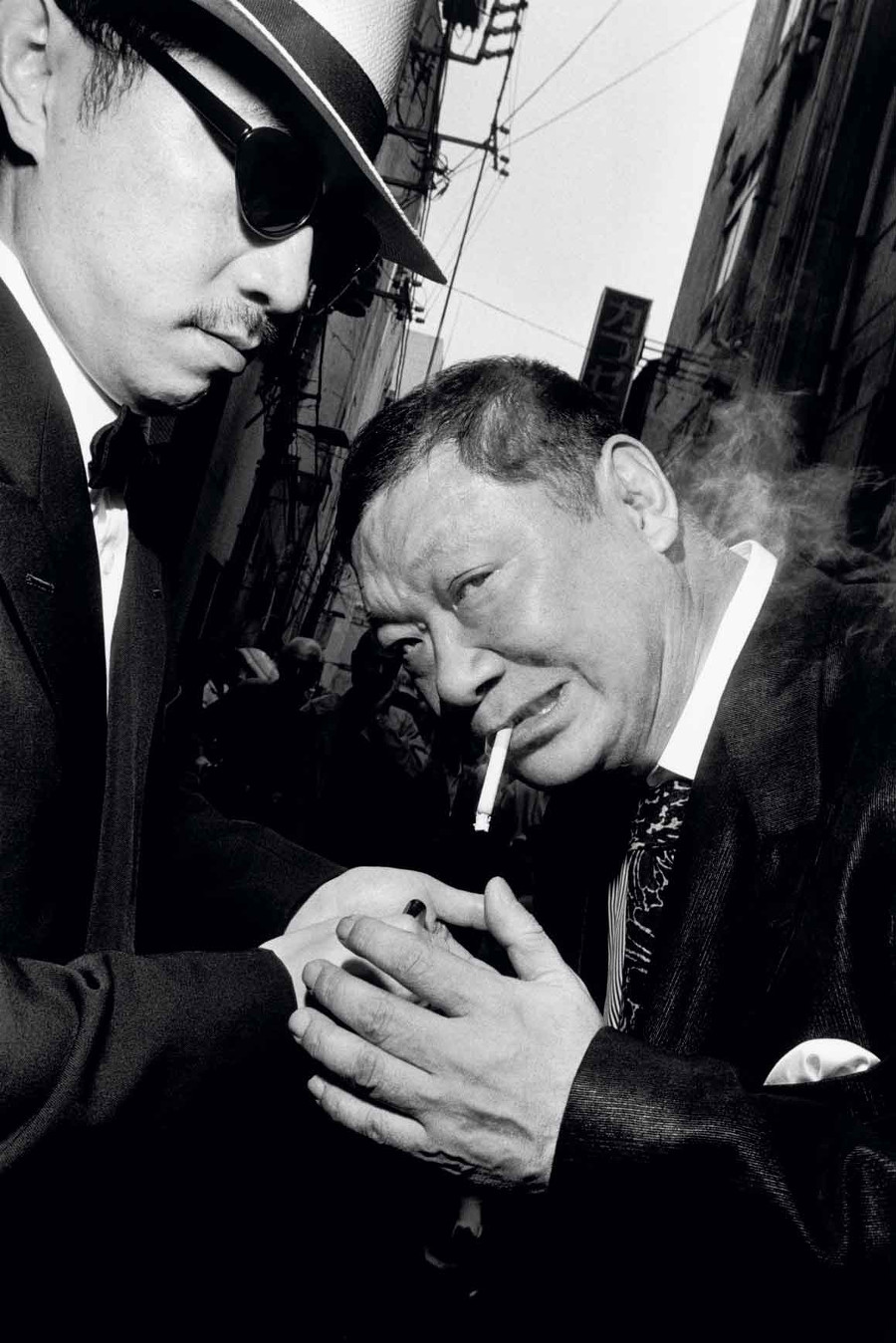Onscreen, what is shown?
Our single scene practise was reviewed on this Friday morning. Well, obviously, there were many things that were worth to reflect.
First of all, most of us had a misunderstanding of the use of shot while we were filming the single scene. We like to start our scene with an establishing shot because we thought establishing shot represent a beginning. However, we hadn’t understood the specific function of establishing shot. Establishing shot means Start, the notion of this is absolutely right. But it is dependent on the narrative.
Robin suggested, Single scene is a fragment from a bigger part of a film rather than a whole film. So we really don’t need to start with an establishing shot while doing this scene. More importantly, we should focus on what we really need to show onscreen.
Either a long wide shot or a close-up shot as a starting, the substance is what we want to show. Framing is only a approach in order for illustrating a content. In photography, we can see different photographers who are taking pictures in many different way. For example, Henri Cartier-Bresson and Bruce Gilden are both photo-journalists, but their ideas of photo are dissimilar. Bruce Gilden is crazy for taking photo in front of his subject within one or two metres. Cartier-Bresson, on the other hand, like to keep some distance from his subject by using a longer shot. In Gilden’s pictures, we are able to know subjects’ stories from their facial expression. Cartier-Bresson prefers to emphasise the relationship between subject and environment.
(Henri Cartier-Bresson)
So what I am trying to say is content is more important than framing. In visual language, content decides frame.



